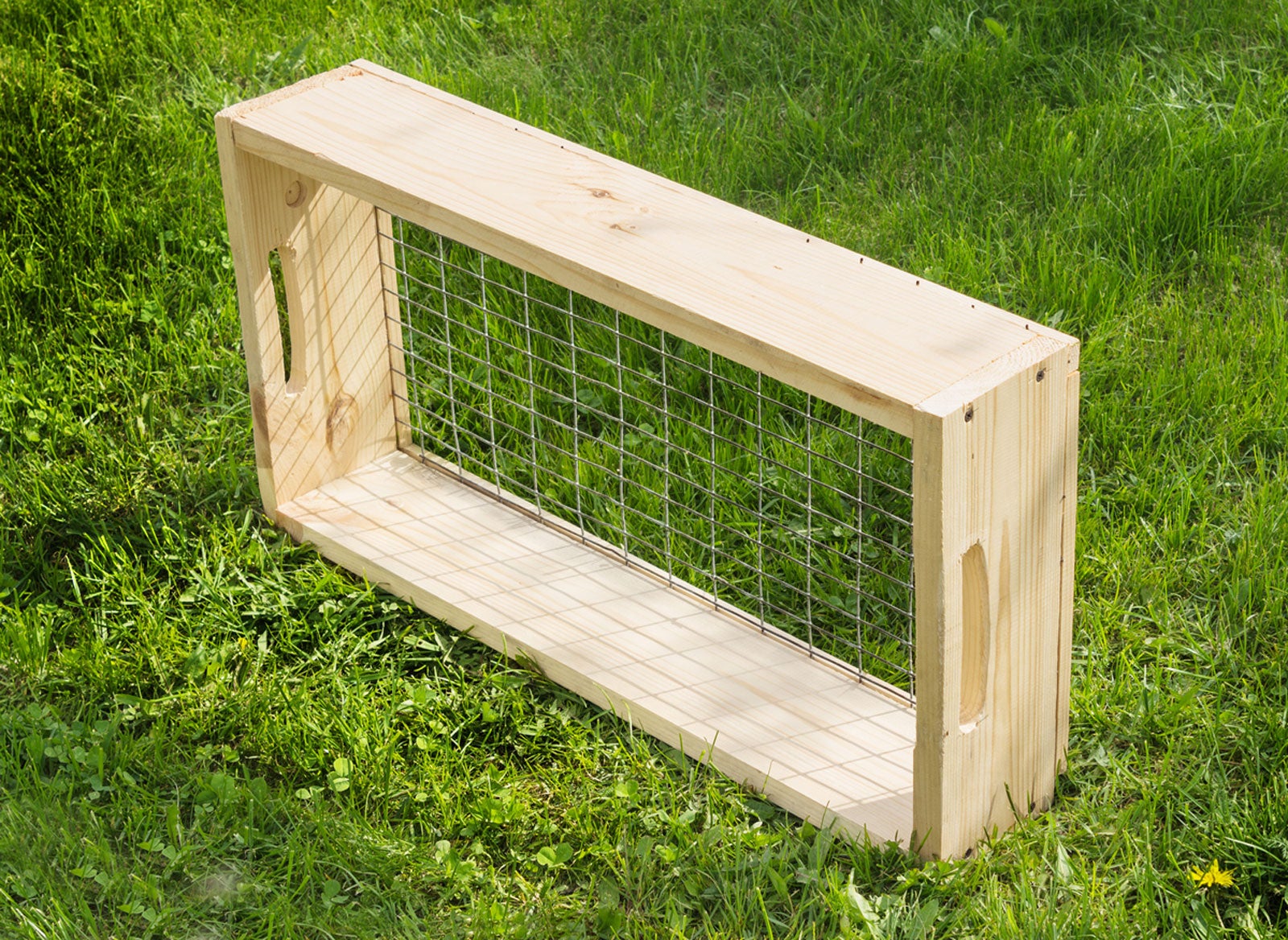Soil Sifter Tool: How To Make A Soil Sieve For Compost


Whether you are developing a new garden bed or working the soil in an old one, you often come across unexpected debris making digging difficult. Rocks, cement pieces, sticks, and plastic somehow get into the soil and lodge there.
If you leave the debris, your new plants will have a hard time pushing their way to the soil surface when they germinate. That’s where a soil sifter tool comes in handy. What is a soil sifter?
Read on for information about using soil sifters including tips on how to make one yourself.
What is a Soil Sifter?
If your experience with sifting is limited to flour, you probably need to read up on soil sifter tools. These are garden tools that help remove debris from soil and also break down lumps in compost to make it easier to spread.
You’ll find both electric and manual soil sifters in commerce. Professional landscapers use electric models and you can too if you don’t mind spending the money. However, the basic model, a box for sifting soil, will usually accomplish what you need as a homeowner. This consists of a wooden frame around a wire mesh screen. It’s pretty easy to use this type of sifter. You simply pile soil on the screen and work it through. The debris remains on top.
You can also think of soil sifters as compost sifter screens. The same screen you use to remove rocks from soil can also serve to break down or take out lumps of uncompacted material in compost. Many gardeners prefer their compost screens to have smaller wire mesh than soil sifters have. You can buy screens with different sizes of mesh or you can make your own tools.
How to Make a Soil Sieve
If you are wondering how to make a soil sieve or compost screen yourself, it’s pretty easy. The first step is to figure out what dimensions you want the box for sifting soil to be. If you plan to use the sieve on the wheelbarrow, use the dimensions of the wheelbarrow tub.
Gardening tips, videos, info and more delivered right to your inbox!
Sign up for the Gardening Know How newsletter today and receive a free copy of our e-book "How to Grow Delicious Tomatoes".
Next, cut wood pieces to construct two identical frames. Paint them if you’d like to preserve the wood. Then cut the wire mesh to the size of the frames. Fasten it between the two frames like a sandwich and attach it with screws.

Teo Spengler is a master gardener and a docent at the San Francisco Botanical Garden, where she hosts public tours. She has studied horticulture and written about nature, trees, plants, and gardening for more than two decades. Her extended family includes some 30 houseplants and hundreds of outdoor plants, including 250 trees, which are her main passion. Spengler currently splits her life between San Francisco and the French Basque Country, though she was raised in Alaska, giving her experience of gardening in a range of climates.